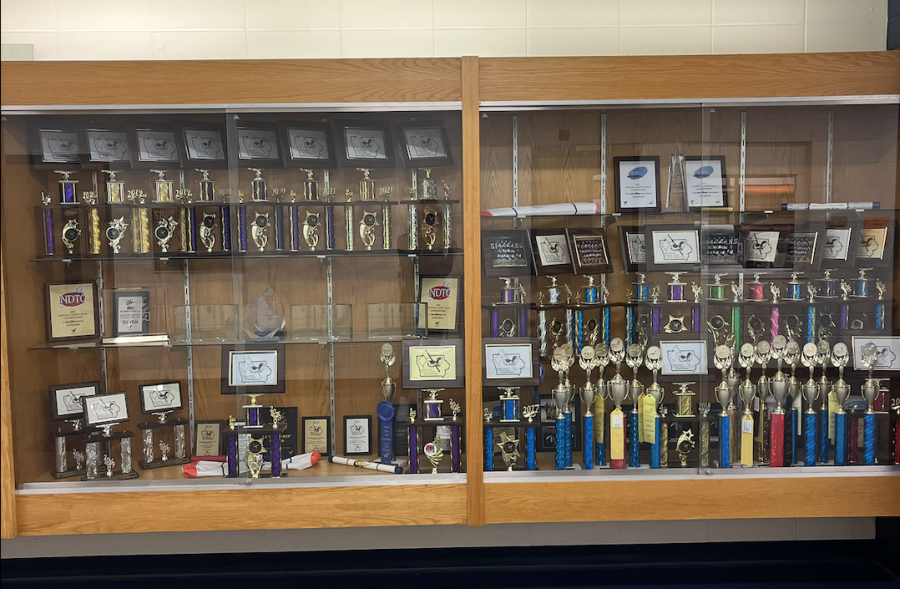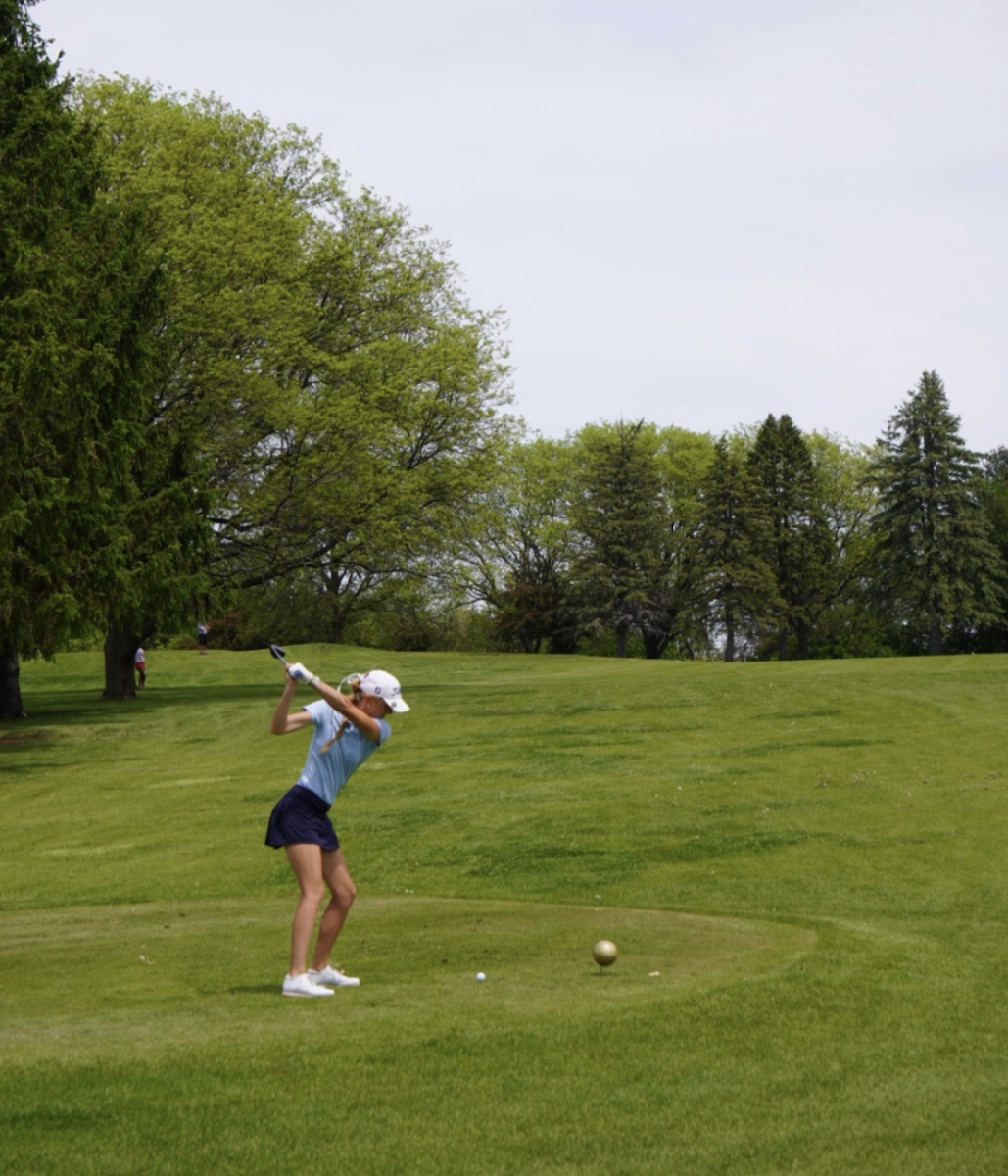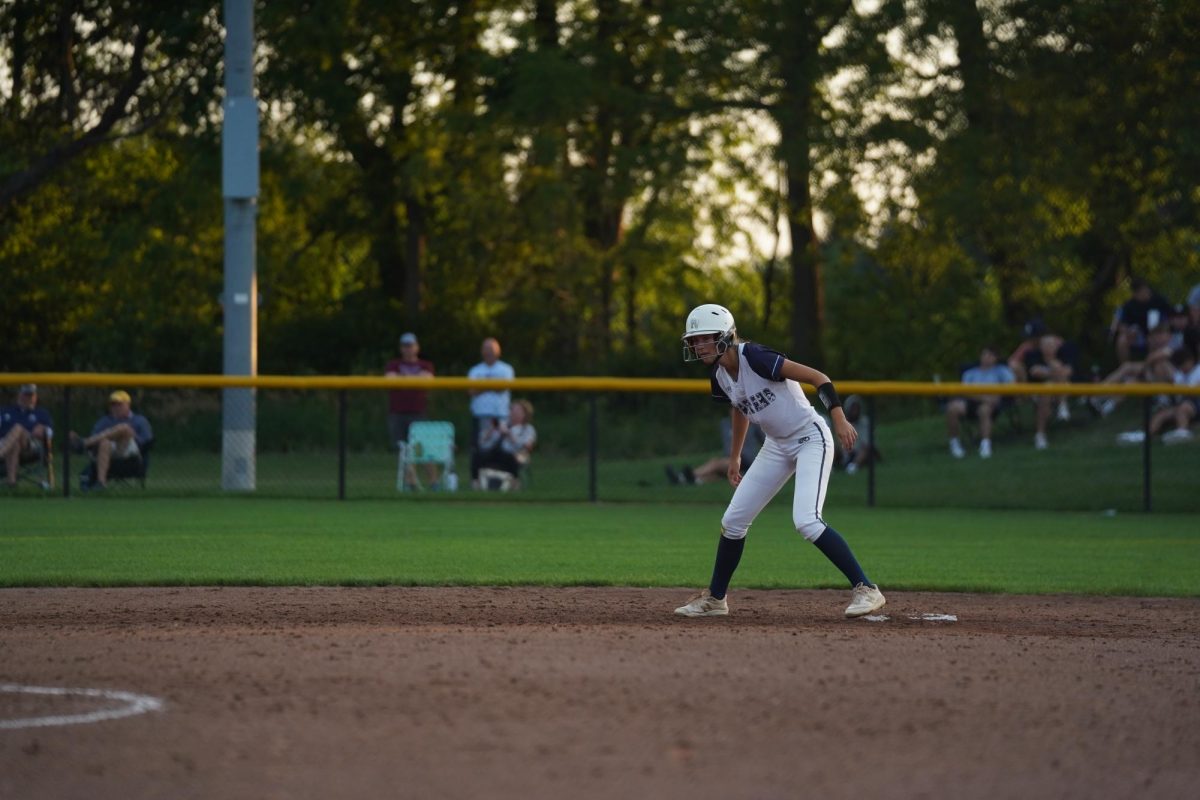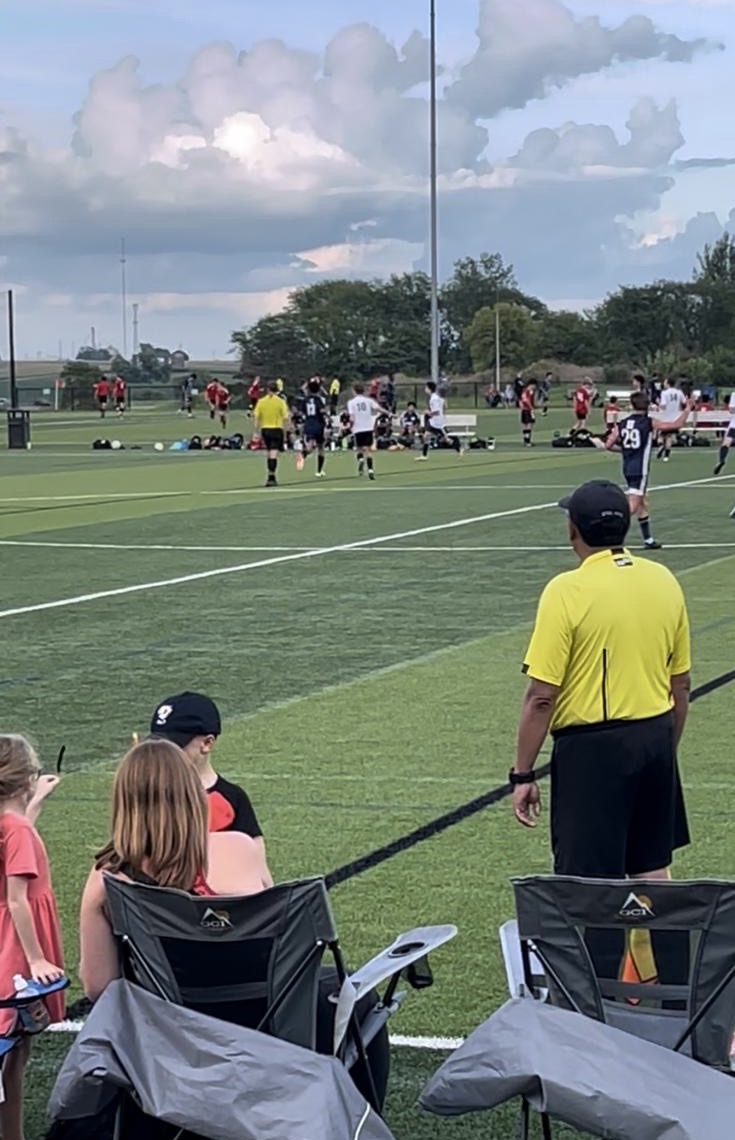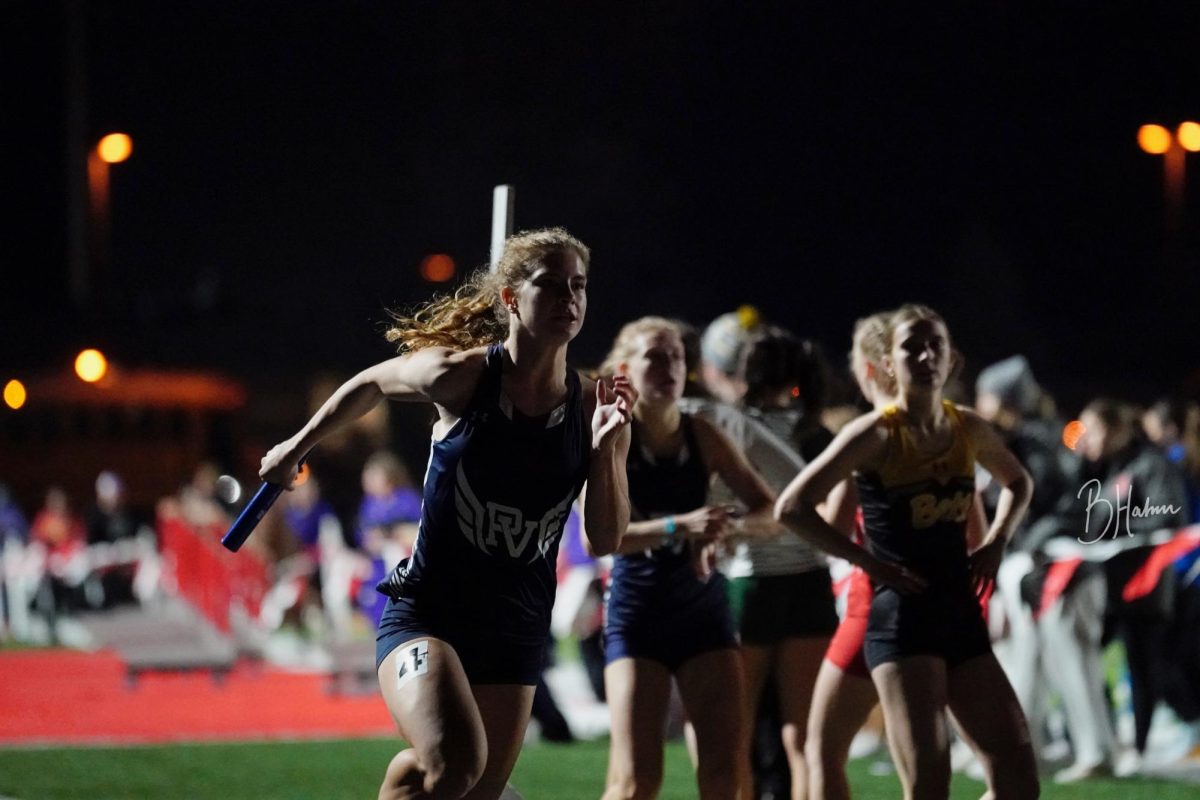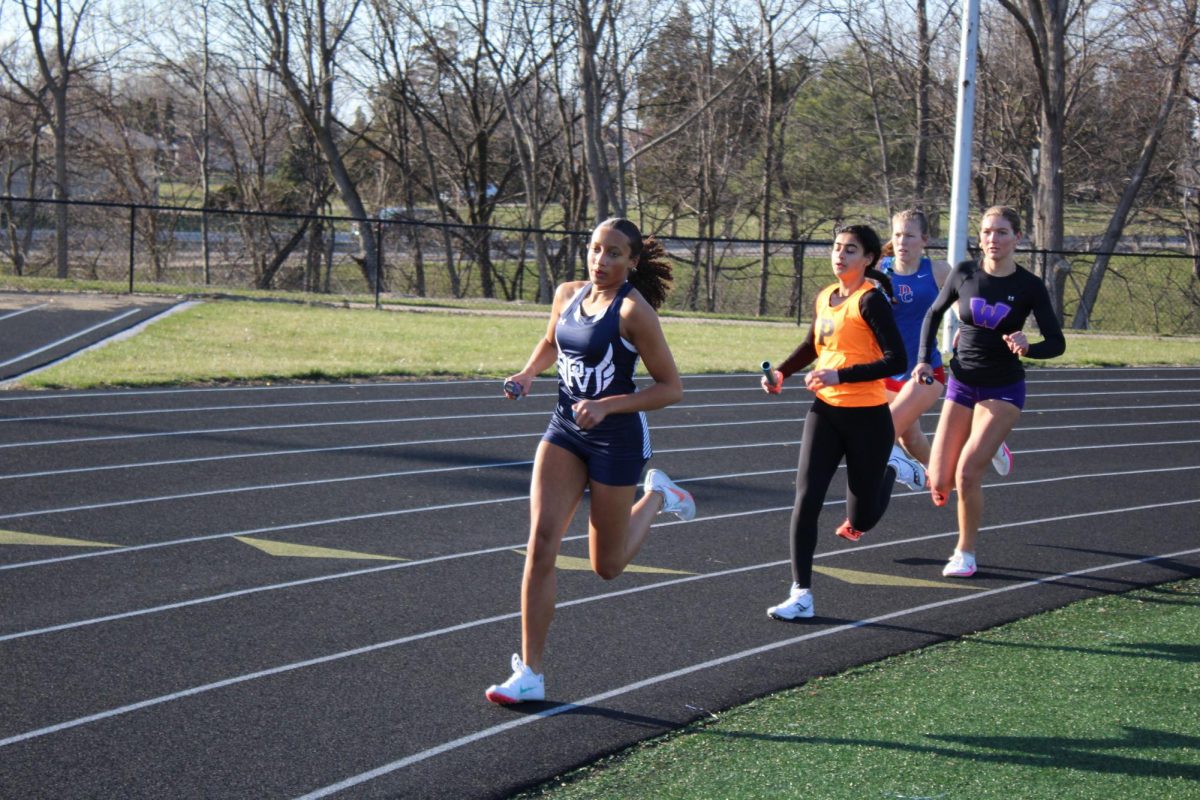Cheerleaders and dancers are both frequently questioned about their status as athletes. Despite having been recognized as an independent sport in 1997 and receiving official approval in 1999, cheer is a sport that still has many athletes working hard to be recognized as equal to those participating in other sports.
The state of Iowa does not classify cheer or dance as sanctioned sports, but the PV district has recognized cheer and dance as sanctioned sports since 2015.Sanctioned sports in the state of Iowa are prohibited from competing on the national level and must follow specific coaching parameters regarding when athlete-coach contact is allowed.
By not being recognized as sanctioned sports in the state of Iowa, cheer teams across the state do not have to abide by the regulations about athlete-coach contact times and are allowed by the state to compete at nationals. The ability to practice without a regular season is important because cheerleaders have two main tasks: perfecting a routine of their own and cheering for other sports during the fall, winter and spring seasons. Also, as a non-sanctioned sport, cheer can compete at nationals if they earn a bid.
For cheer and dance, being recognized as a sanctioned sport at PV has taken away the opportunity for nationals, but the cheer season is still year round. This year round season accounts for fall football, winter basketball, spring tryouts and summer practices. The state of Iowa also hosts key cheer events that align with cheer’s ability to compete year round, hosting the state cheer competition at the end of October, honor squad in mid November and All-State at the start of March.
Within the PV school district, recognition as a sanctioned sport means that a sport must follow the IHSSA association rules, and the sport, according to PV athletic director D’Anne Kroemer, will receive more funding from the general athletic department. “Some want cheer and dance to be sanctioned so everyones doing the exact same thing and others don’t want cheer and dance to be non-sanctioned so they can do whatever they want,” Kroemer said.
However, many athletes involved in these sports feel they have a limited say and are short handed by being in-between sanctioned and non-sanctioned. “Funding is difficult and I have fundraised and still had to pay for almost everything,” said varsity cheerleader Hannah McVey. “Compared to other sports, track and cross country, I pay a lot more for cheer and seem to get the least recognition.”
Since cheer is already very self-funded, with cheerleaders paying over $700 each for UCA (Universal Cheer Association) summer cheer camp and $400 for competition cheer choreography and transportation to cheer, the costs of cheer outweigh the costs of other sanctioned PV sports. For example, track athletes had season team fees equating to under $100.
In addition to this burden with funding, practice times are not prioritized for PV cheerleaders and dancers. With cheerleaders having to practice around volleyball and basketball, they were staying up until 9:30pm practicing and waking up for 5:15am practices each week.
Like many sports in the state of Iowa, cheer and dance teams put in a lot of hard work to perfect their athletic capabilities before competing at state with all of the top teams in Iowa. For most sports, state marks the official end to a season, however for UCA cheer and UDA dance, the companies that are responsible for state cheerleading give bids to nationals to the top performing teams at state.
By not being recognized as sanctioned sports in the state of Iowa, cheer teams do not have to abide by the regulations about athlete-coach contact times and are able to compete at nationals.
Senior Emma Richards is a member of PV Platinum who has devoted countless hours of effort into dance. “If we could have gone to nationals like so many other schools have done, we would have the opportunity to showcase PV and make a name for ourselves at the national level. We would have even more competition and be able to push ourselves harder than we ever have before,” said Richards.
Performing at the national level opens doors for dancers to be recognized in ways that can help them continue their dancing career. It also allows them to grow as athletes and push themselves in a more elite environment.
Unlike other sports where athletes are constantly competing head-to-head against different teams, cheer and dance teams compete at competitions with a large number of teams at once. Cheer and dance compete for a specific score that is based on the difficulty and execution of their routine. For this reason, repeatedly competing against the same team will not greatly change the score, and the highest score wins the competition. High-school cheer nationals are sought after because teams can compete against new teams that are the best of the best.
Although being a PV sanctioned sport is said to provide cheerleaders and dancers with more equal treatment in regards to other sports, it doesn’t feel this way to many of the participants. “There are also many times that the school forgets to announce us at assemblies or speeches for our accomplishments,” said Richards.
Being considered a sport should be an achievement that creates more opportunities for athletes, but for cheer and dance, it seems to take away from their opportunities to showcase their hard work and continue to grow as athletes.
“Our goal is for our kids to have the very best high school experience that they can have,” said Kroemer. As the athletic department works to establish equality throughout all sports, many dance and cheer participants don’t feel they receive the same recognition and experiences.
Cheerleaders and dancers put a lot of work into their routines. This past fall cheerleaders had 2 hour practices 3 days a week in addition to the 3 ½ hours spent on game days with pregame preparation and live performances. By PV placing them in between sanctioned and non-sanctioned, dancers and cheerleaders feel that they receive the short end of the stick and are restricted from reaching their maximum potential.


